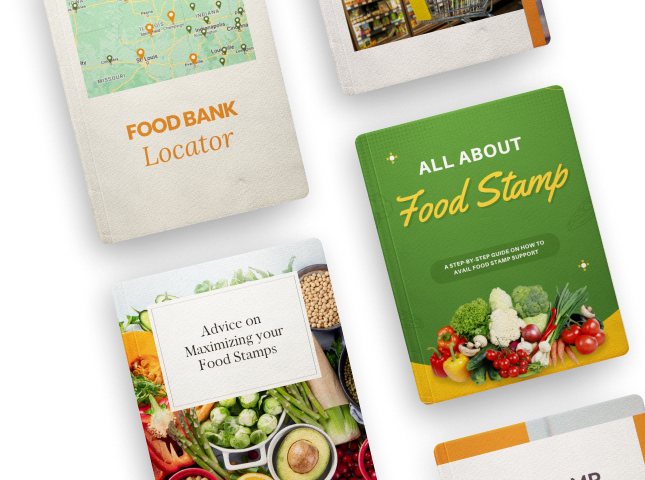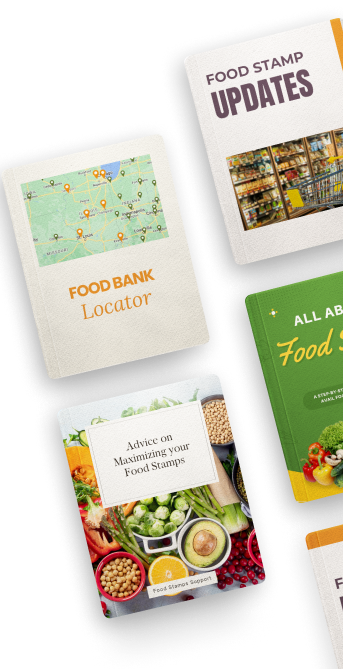SNAP Benefits: Work Requirements in a Post-Pandemic United States
The Supplemental Nutrition Assistance Program (SNAP), most commonly known as food stamps, plays an essential role in providing nutritional support to millions of individuals and families in need.
Administered by the United States Department of Agriculture (USDA), SNAP benefits low-income households by allowing them to purchase food staples and other eligible items at participating retailers.
As a participant in SNAP, it is crucial to understand the eligibility requirements and responsibilities of receiving assistance. Find out what eligible individuals, particularly Able-Bodied Adults Without Dependents (ABAWDs), must know to maintain their benefits.
SNAP Eligibility Guidelines and Work Requirements
ABAWDs categorize individuals aged 18-52 who are deemed capable of work and do not have dependents. This demographic can receive SNAP benefits for three months within a 36-month period if they do not satisfy the work requisites set forth by the program. To maintain uninterrupted benefits, they must work or engage in qualifying work programs for a minimum of 30 hours per week.
Failure to comply carries repercussions; the initial lapse results in a 3-month disqualification, the second brings about a 6-month hold, and a third sees these benefits stripped away for an entire year. Monthly penalties ensure that maintaining a work routine isn’t just encouraged but enforced.
However, life’s fabric is woven with complexities, and exceptions exist. Recognizing the spectrum of individual circumstances, such as location-specific employment opportunities, disability status, and varying state-specific regulations, underscores the need for personalized guidance. Those seeking clarity regarding their situation should consult their local SNAP office or find further details on the official SNAP website.
Post-Pandemic Policy Shifts and Workforce Integration in SNAP
SNAP’s work contingencies were temporarily suspended as a response to the pandemic’s crippling effects. Nonetheless, as the World Health Organization has declared the end of the crisis, it’s a return to the status quo. According to the Pew Research Center, this policy shift influences an estimated 41.2 million participants who count on SNAP.
Evolving with the times, SNAP policies also see the maximum age for ABAWDs rise from 49 to 54 by the end of 2024. This change underscores a prevailing expectation: even as individuals approach what is traditionally considered a pre-senior age, there's a societal onus to participate in the workforce.
The recent adaptation of the Food and Nutrition Service (FNS) rules springs from a desire to reintegrate ABAWDs into the labor force whilst balancing social assistance with personal responsibility. At the heart of the program's philosophy lies the tenant: empower through work, support through assistance.
During tough times, Americans wonder why the rules are so strict. But overall, it's about making help last, encouraging independence, and boosting our work ethic to help the nation recover after the pandemic.
In conclusion, with the tides of assistance turning and we watch as our nation is recovering, understanding and complying with SNAP's work requirements are vital. Those facing the daunting task of navigating these waters don't have to do so alone. Information, aid, and support networks strive to transform the challenge of compliance into a stepping-stone towards resilience and self-reliance.
-
Need more information about SNAP benefits and food stamps? Check out these articles:
Administered by the United States Department of Agriculture (USDA), SNAP benefits low-income households by allowing them to purchase food staples and other eligible items at participating retailers.
As a participant in SNAP, it is crucial to understand the eligibility requirements and responsibilities of receiving assistance. Find out what eligible individuals, particularly Able-Bodied Adults Without Dependents (ABAWDs), must know to maintain their benefits.
SNAP Eligibility Guidelines and Work Requirements
ABAWDs categorize individuals aged 18-52 who are deemed capable of work and do not have dependents. This demographic can receive SNAP benefits for three months within a 36-month period if they do not satisfy the work requisites set forth by the program. To maintain uninterrupted benefits, they must work or engage in qualifying work programs for a minimum of 30 hours per week.
Failure to comply carries repercussions; the initial lapse results in a 3-month disqualification, the second brings about a 6-month hold, and a third sees these benefits stripped away for an entire year. Monthly penalties ensure that maintaining a work routine isn’t just encouraged but enforced.
However, life’s fabric is woven with complexities, and exceptions exist. Recognizing the spectrum of individual circumstances, such as location-specific employment opportunities, disability status, and varying state-specific regulations, underscores the need for personalized guidance. Those seeking clarity regarding their situation should consult their local SNAP office or find further details on the official SNAP website.
Post-Pandemic Policy Shifts and Workforce Integration in SNAP
SNAP’s work contingencies were temporarily suspended as a response to the pandemic’s crippling effects. Nonetheless, as the World Health Organization has declared the end of the crisis, it’s a return to the status quo. According to the Pew Research Center, this policy shift influences an estimated 41.2 million participants who count on SNAP.
The recent adaptation of the Food and Nutrition Service (FNS) rules springs from a desire to reintegrate ABAWDs into the labor force whilst balancing social assistance with personal responsibility. At the heart of the program's philosophy lies the tenant: empower through work, support through assistance.
During tough times, Americans wonder why the rules are so strict. But overall, it's about making help last, encouraging independence, and boosting our work ethic to help the nation recover after the pandemic.
In conclusion, with the tides of assistance turning and we watch as our nation is recovering, understanding and complying with SNAP's work requirements are vital. Those facing the daunting task of navigating these waters don't have to do so alone. Information, aid, and support networks strive to transform the challenge of compliance into a stepping-stone towards resilience and self-reliance.
-
Need more information about SNAP benefits and food stamps? Check out these articles:












